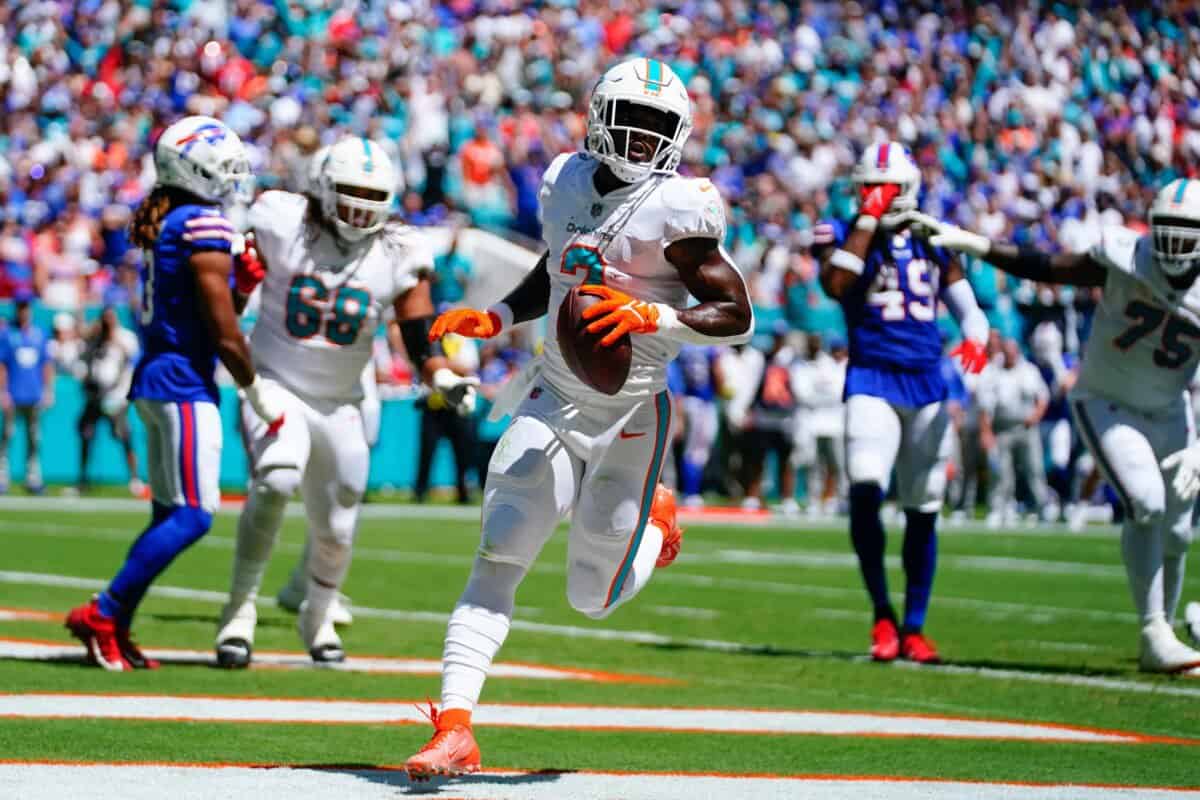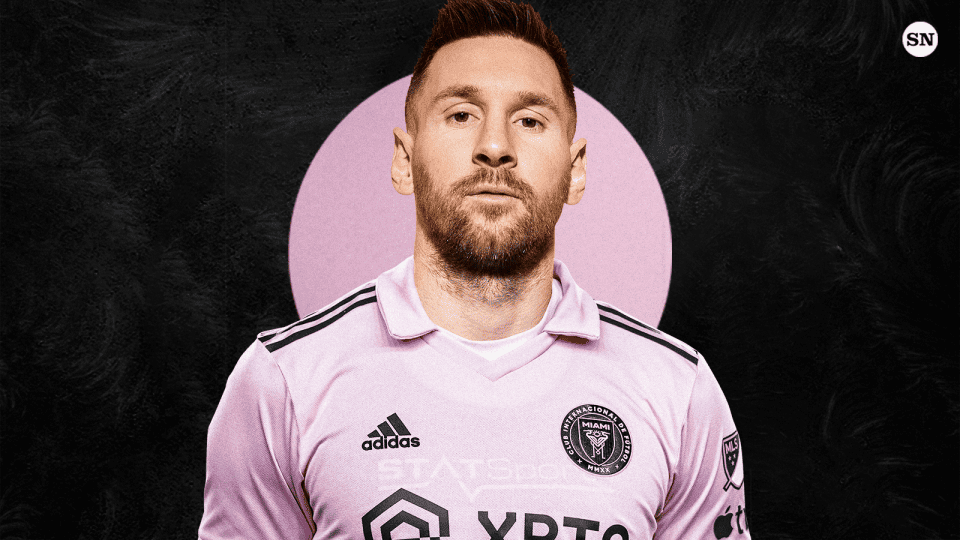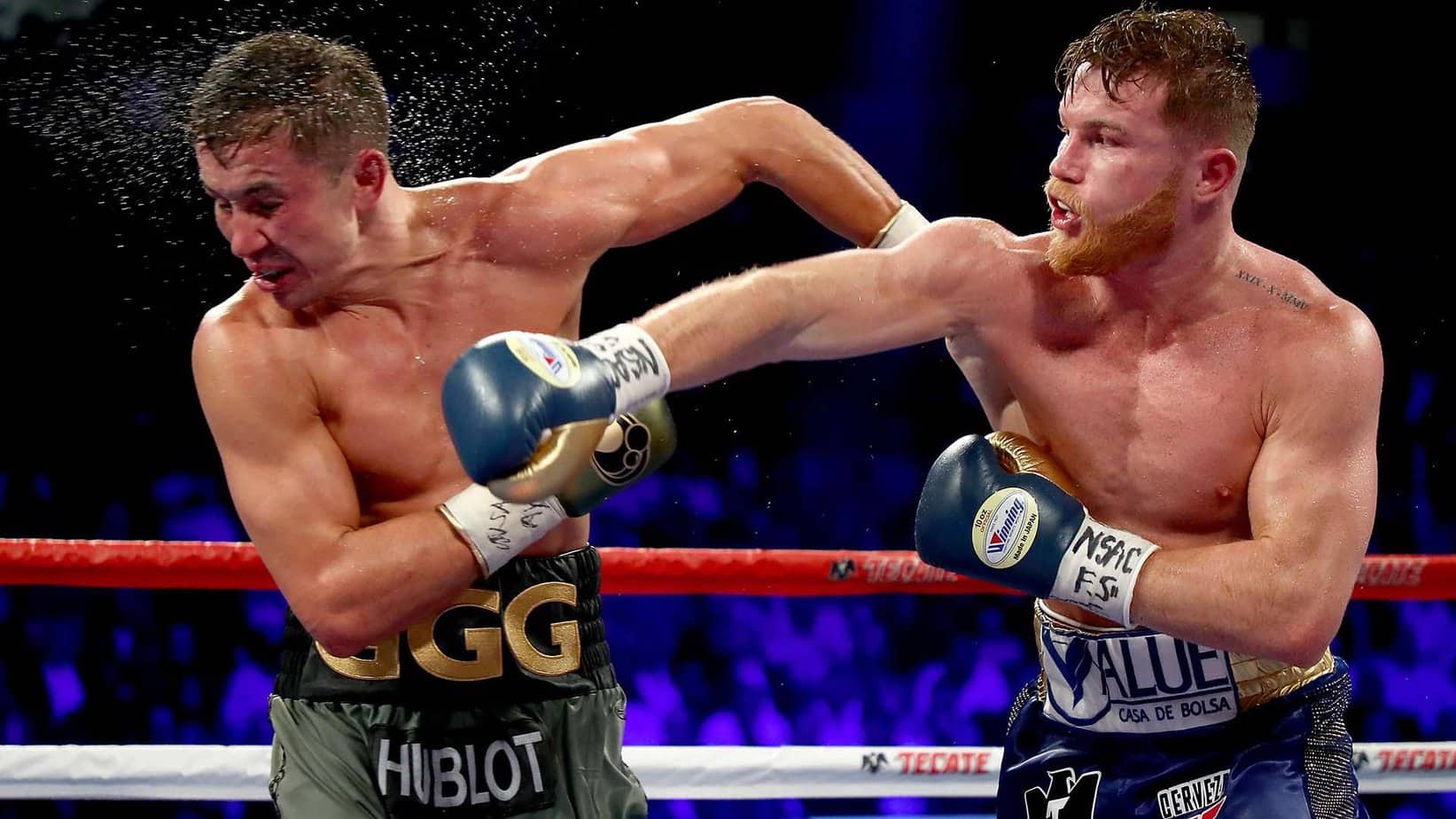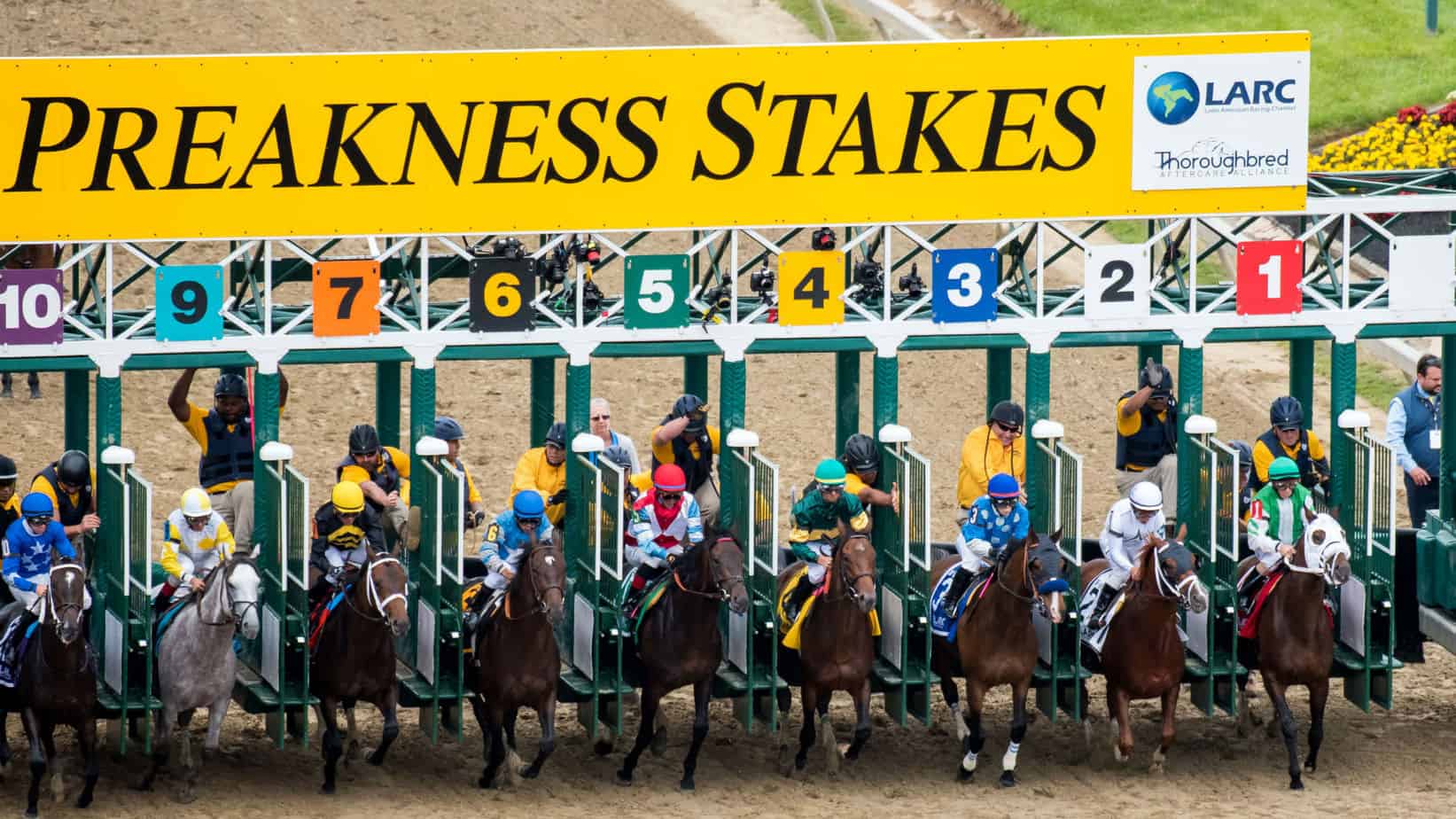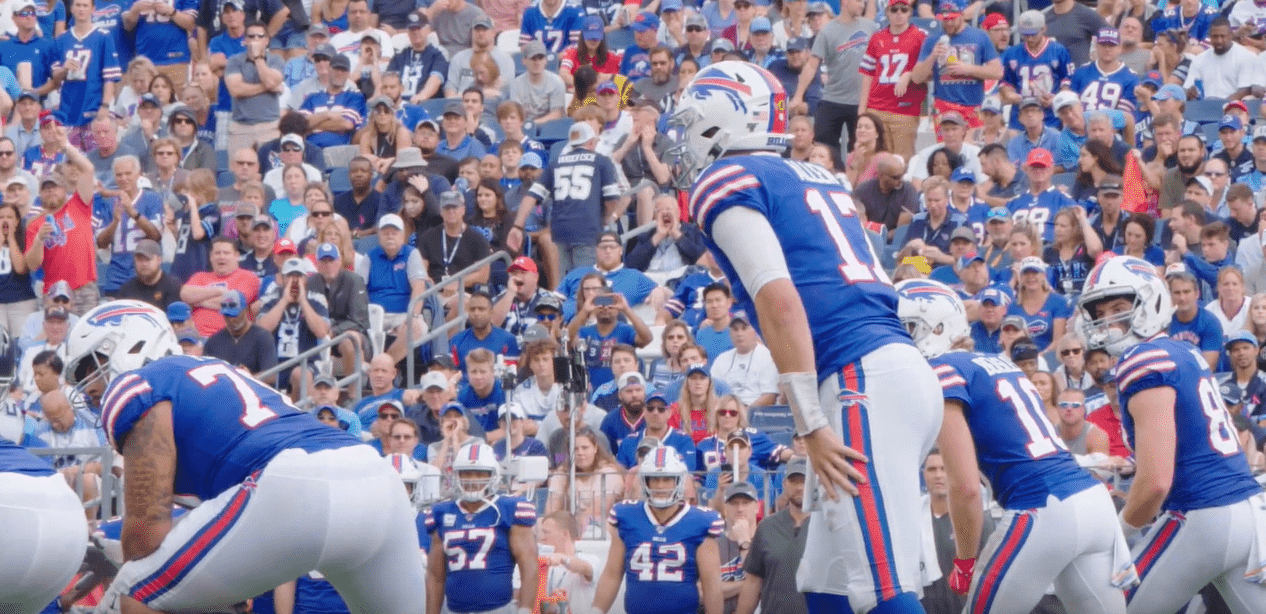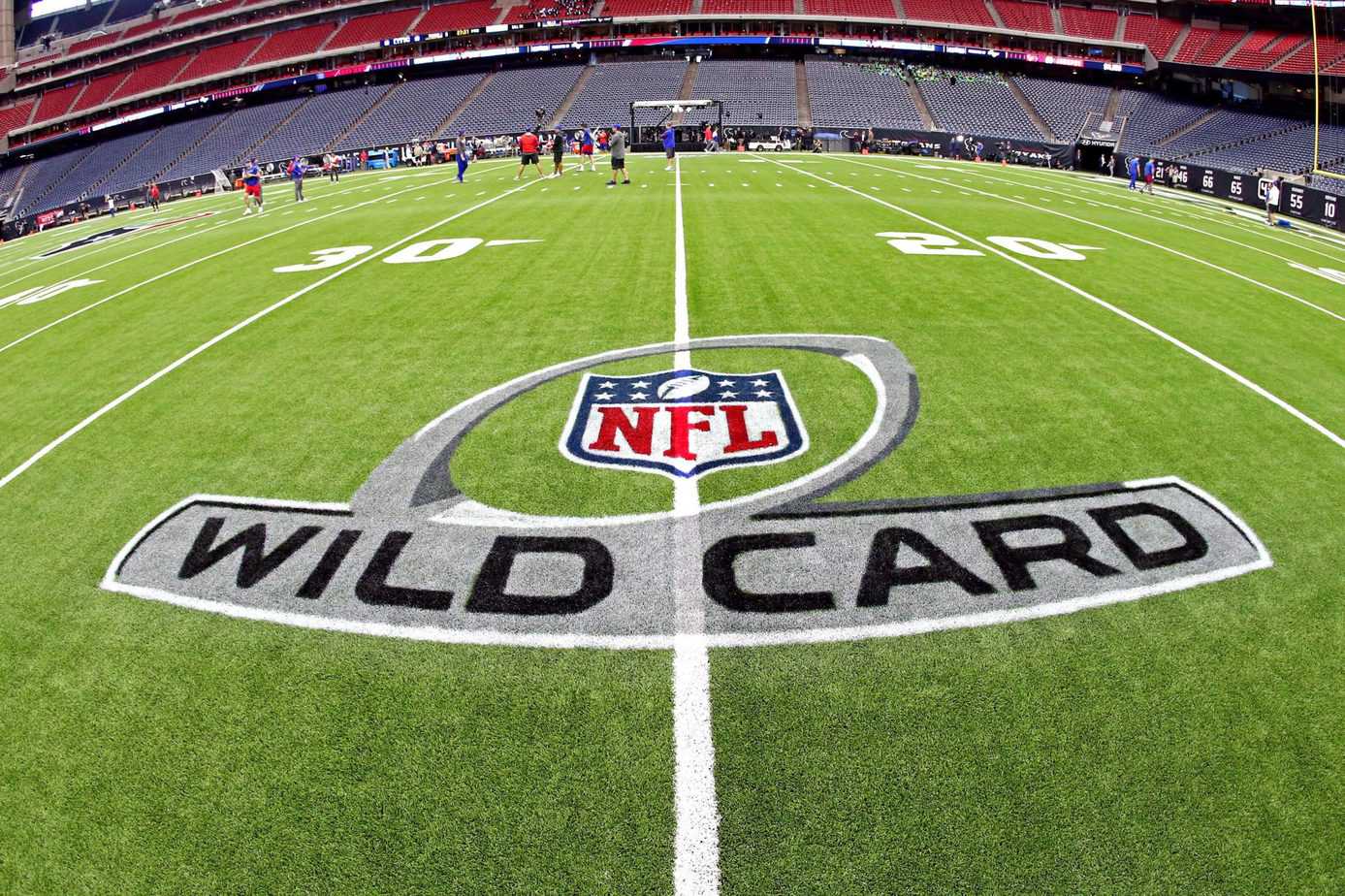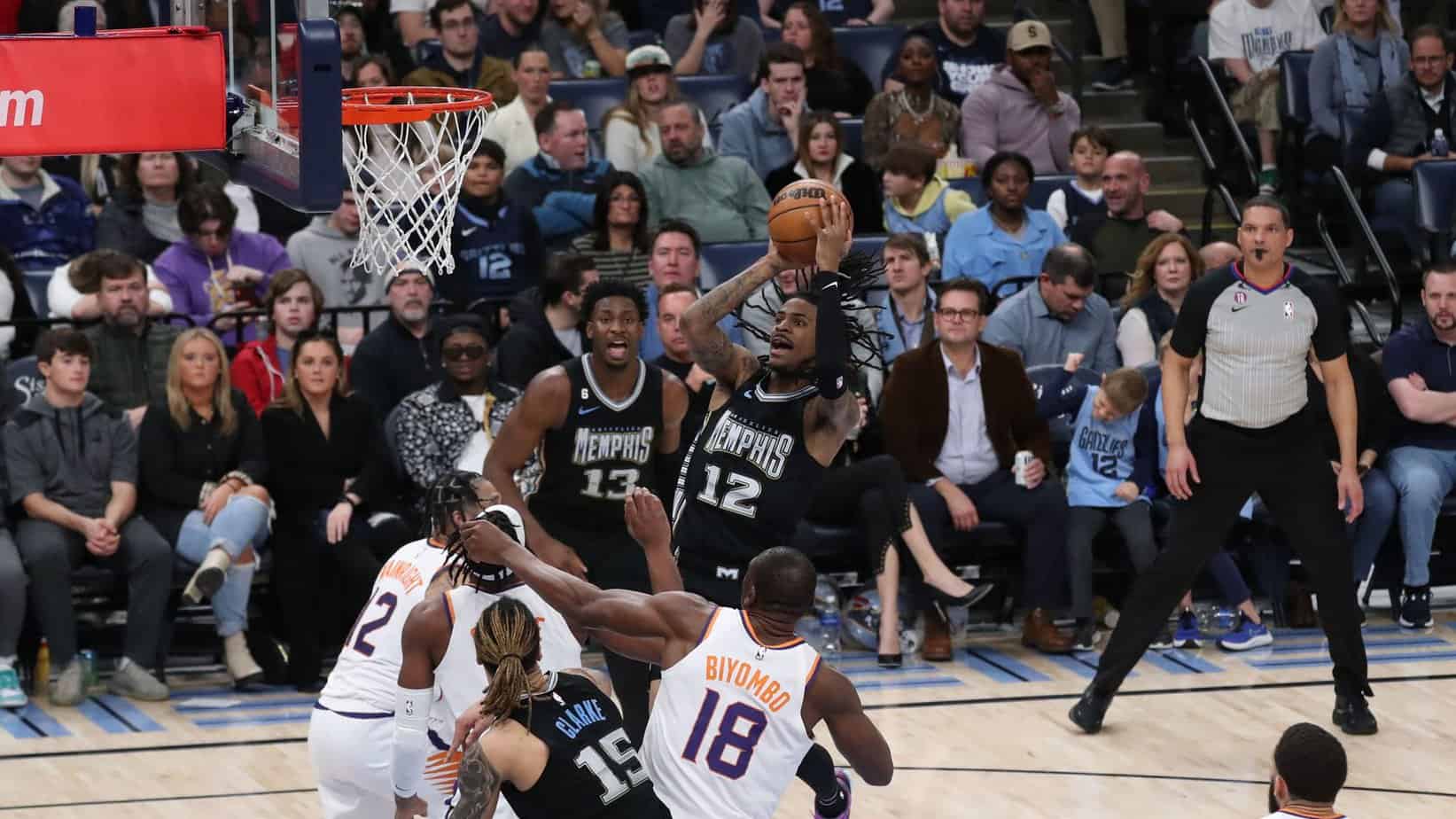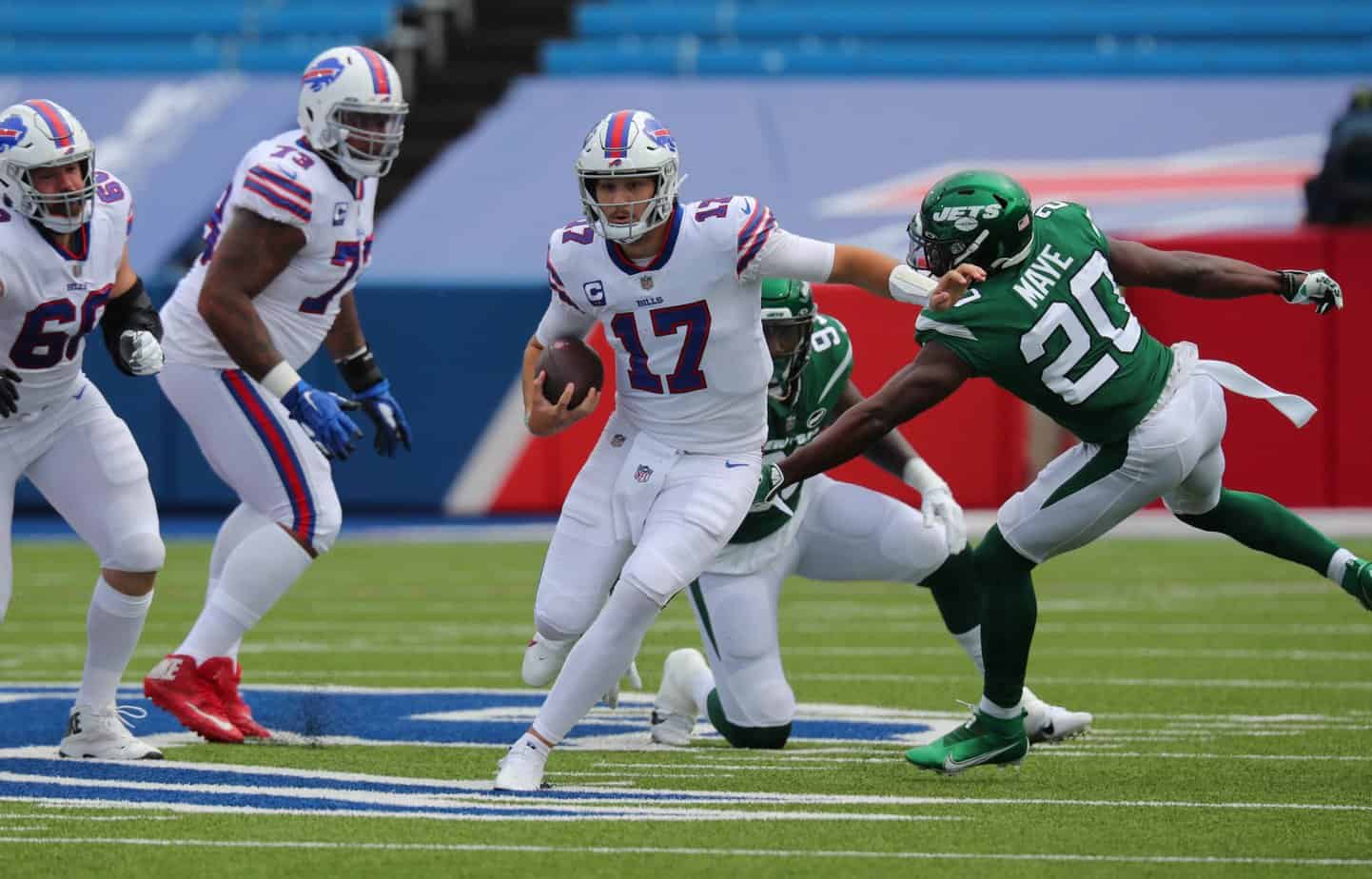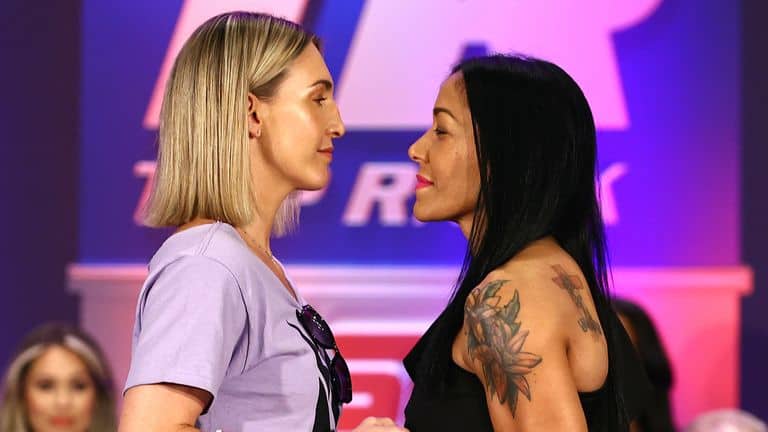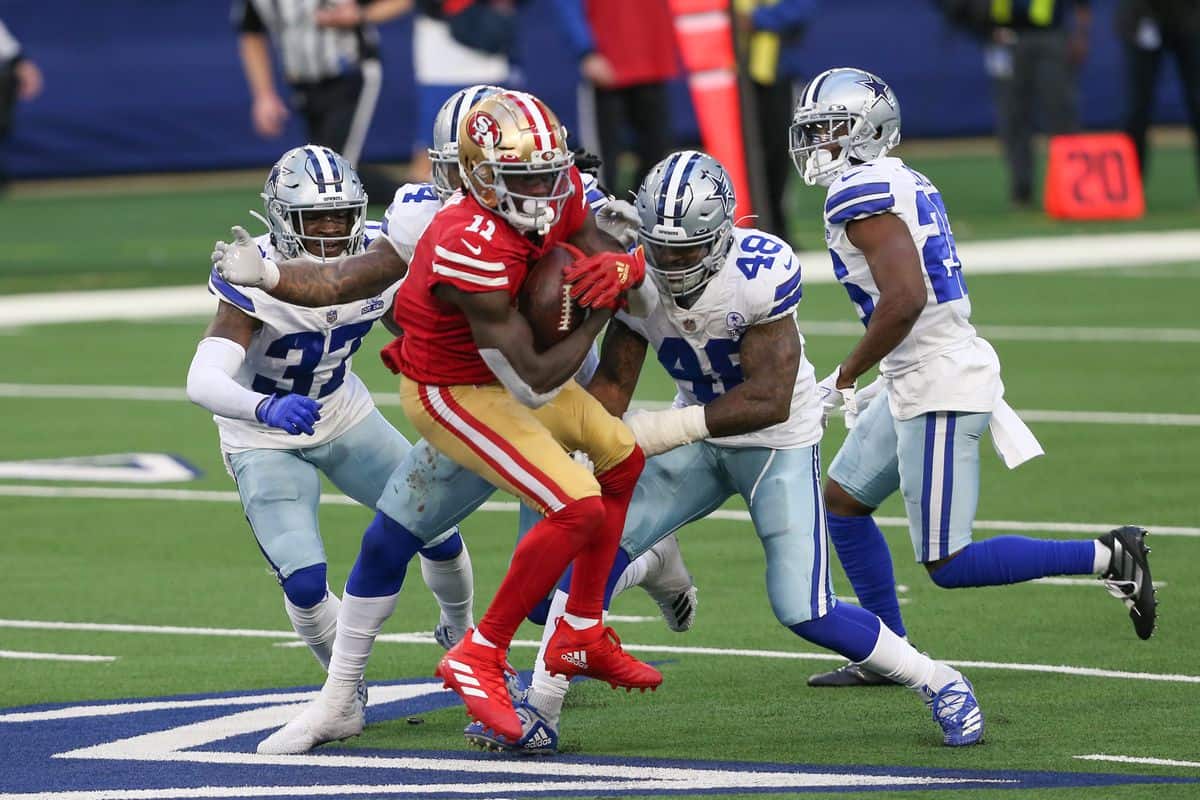Last Updated on March 24, 2021 3:21 pm by
< wpimage aligncenterid4666sizeSluglargelinkDestinationnone > <div class=wp block image><figure class=aligncenter size large><img src=httpswwwgambylcomwp contentuploads2021013 1024x583png alt= class=wp image 4666><figure><div> < wpimage > < wpheading > <h2>The rise of the phenomenon eSports<h2> < wpheading > < wpparagraph > <p>In recent years eSport has become widely popular so much in fact that it could become a part of the Olympic Games in 2024 A huge variety of competitive electronic games exist among the best known formats are League of Legends DOTA 2 Counter Strike Global Offensive StarCraft II FIFA Overwatch Heroes of the Storm NBA2KX Rocket League Call of Duty to name just a few eSports can be defined as the organized competitive playing of video games Jenny Manning Keiper Olrich <a target= blank href=httpswwwtandfonlinecomdoifull1010801613817120181559019 rel=noreferrer noopener>2017<a> One usually distinguishes between three broad game categories strategy games RTS or MOBA Ego Shooters FPS and sport and race simulations These eSports disciplines differ considerably in their game mechanics on which they are based<p> < wpparagraph > < wpparagraph > <p>eSports is a rapidly growing industry that attracts a high number of players and has a high economic value Formats such as FIFA 18 were sold around 24 million times in the first 11 months after market launch In the same period FIFA 18 registered around 7 billion played matches and more than 20 million players from 60 countries took part in official online FIFA competitions <a target= blank href=httpsnewseacompress releasecompany newsea sports fifa worlds game rel=noreferrer noopener>httpsnewseacompress releasecompany newsea sports fifa worlds game<a><p> < wpparagraph > < wpparagraph > <p>A survey conducted by the PricewaterhouseCoopers GmbH with 1001 participants aged 1435 Ballhaus et al <a target= blank href=httpswwwtandfonlinecomdoifull1010801613817120181559019 rel=noreferrer noopener>2017<a> found out that 806 of respondents play video games more or less regularly 55 of male respondents even several times a week No significant differences depending on the age of the interviewees were observed Of those surveyed 739 knew the term eSport of which 3 were professional players and 292 non professional eSportspersons<p> < wpparagraph > < wpparagraph > <p>The phenomenon of eSport is by no means limited to the players themselves but also attracts a large number of spectators Today almost 11 million people in Germany regularly consume eSports events through online streaming platforms such as YouTube Twitch or Smashcast Ballhaus et al <a target= blank href=httpswwwtandfonlinecomdoifull1010801613817120181559019 rel=noreferrer noopener>2017<a> The League of Legends Worlds Finals 2014 in Seoul attracted 45000 spectators Two years later the final round of the League of Legends World Championships was already followed by a total of 43 million spectators worldwide In the same year the total number of spectators online or in stadiums in international professional eSport was estimated at ∼323 million worldwide For 2020 experts expect around 589 million spectators worldwide which makes eSport extremely interesting from a commercial point of view Already in 2016 eSport generated revenues of around EUR 300 million worldwide Ballhaus et al <a target= blank href=httpswwwtandfonlinecomdoifull1010801613817120181559019 rel=noreferrer noopener>2017<a><p> < wpparagraph > < wpheading > <h2>Is eSport a sport<h2> < wpheading > < wpparagraph > <p>In the public discourse eSport has already established itself as a specific form of a sportive competition even though the debate about whether eSport can be defined as a sport in the narrower sense or not is far from resolved<p> < wpparagraph > < wpparagraph > <p>If we look at the practices of eSports it is actually not that easy to distinguish them from established sports First of all eSportspersons call themselves sportsmen Furthermore all mentioned eSports are basically competitive settings in which competing teams or players fight for victory determined through a given points system eSports are structured according to rules valid for all participants with action variations and innovations only possible within these rules Recently some research in eSports has focussed on psychological similarities and differences between professional eSports and traditional sports Himmelstein Liu Shapiro <a target= blank href=httpswwwtandfonlinecomdoifull1010801613817120181559019 rel=noreferrer noopener>2017<a> Polman Trotter Poulus Borkoles <a target= blank href=httpswwwtandfonlinecomdoifull1010801613817120181559019 rel=noreferrer noopener>2018<a> Elite eSport athletes have to be able to sustain high levels of attention and make important decisions under time pressure underlining the psychological similarities between eSports and established sports<p> < wpparagraph > < wpparagraph > <p>To succeed in an eSports game motor abilities and skills especially the fine motor skills of hands and fingers as well as eye hand coordination and local endurance are decisive for an overview see Kane Spradley <a target= blank href=httpswwwtandfonlinecomdoifull1010801613817120181559019 rel=noreferrer noopener>2017<a> In order to achieve top performance in eSports distinctive game specific perception and reaction skills are necessary which are closely linked to the physical coordinative abilities when action is executed As in classical sports systematic eSports training leads to improvement of motor and cognitive abilities and skills that are characteristic of the game In addition game specific tactical knowledge plays a decisive role with regard to success in eSports competitions Last but not least an increased calorie expenditure can be observed in players during competition due to the game actions Kane Spradley <a target= blank href=httpswwwtandfonlinecomdoifull1010801613817120181559019 rel=noreferrer noopener>2017<a><p> < wpparagraph > < wpparagraph > <p>From an organizational perspective the question arises as to whether and to what extent eSport can and should be integrated into existing sports organizations A fundamental problem in this regard is that the game settings are designed by companies that also produce the games This in turn means that sports federations have no freedom of choice when setting the rules of the game Additionally no independent and autonomous eSport associations exist yet that would be in a position to represent the entire spectrum of eSports Concerning the integration into existing sports organizations such as the IOC depictions of violence in first person shooter games like Counter Strike are particularly problematic since they are incompatible with the guiding principles of the Olympic movement In addition the fact that the publishers of the games earn money from the competitions is not compatible with the not for profit character of the IOC This means that individual enrichment through eSports would not be possible instead all revenues from Olympic sports have to flow into the core purpose of the organization more precisely into eSport itself <a target= blank href=httpsstillmedolympicorgmediaDocument20LibraryOlympicOrgIOCWhat We DoLeading the Olympic MovementPGG Implementation and Self Evaluation Tools 23 12 2016pdf rel=noreferrer noopener>httpsstillmedolympicorgmediaDocument20LibraryOlympicOrgIOCWhat We DoLeading the Olympic MovementPGG Implementation and Self Evaluation Tools 23 12 2016pdf<a><p> < wpparagraph > < wpparagraph > <p>However not only the structural fit but also the question of the extent to which actions that take place in a virtual space actually fit in with the analogue world of sport is vehemently discussed<p> < wpparagraph > < wpheading > <h2>How real is eSport<h2> < wpheading > < wpparagraph > <p>By definition eSport competitions take place in virtual spaces the competitive actions are represented by avatars which are controlled by the players The execution of movements during the operation of the game console and the virtually mediated movement actions are inseparably connected with each other However the physical movement of the player and the actual competitive action take place in different worlds in an analogue and a virtual world so to speak In discussions on the question of whether or not eSports should be recognized as real sport by sports organizations this fact is often cited as an argument against its acceptance cf Borggrefe 2018 From a sociological point of view this argument could be countered by the fact that in modern society social interactions have to a large extent taken place in virtual worlds for some considerable time now As we have already discussed in a previous editorial Thiel Gropper <a target= blank href=httpswwwtandfonlinecomdoifull1010801613817120181559019 rel=noreferrer noopener>2017<a> mobile digital media have become an integral part of the lives of a large part of the population A substantial part of everyday communication takes place in social networks through instant messaging services using electronic communication media The temporal synchronization of communication and understanding necessary for analogue communication is undermined by the technological mediation of communication services Messages can be read and replied to when one finds time and desire for it which makes it a very individualistic act From a spatial point of view communication is shifted from the analogue world to a virtual one Due to the Internet geographical spaces can be overcome at any time almost without any problems Therefore in many cases communication is no longer bound to take place among individuals present in analogue realities Hence communication does not depend on physical presence any more In fact this has been the case since the invention of the telephone In the world of digital communication however mimic and gestural support actions that were previously relevant to communication in order to express emotions physically can now be substituted by emoticons and emojis The distinction between analogue and virtual worlds is thus losing importance in modern society at least with regard to communication<p> < wpparagraph > < wpparagraph > <p>Against this background a shift of sporting activities to a digital world is not surprising In this regard the question arises whether the competition in the virtual world also appears real to the players or in the most general sense to what extent the individual is capable of distinguishing the virtual from the real This question has long since been the topic of controversial debates among psychologists and philosophers particularly since the invention of the Internet<p> < wpparagraph > < wpparagraph > <p>In psychology it is assumed that it is quite difficult to distinguish the virtual from the analogue reality A number of well known experiments for example the rubber hand experiment Botvinick Cohen <a target= blank href=httpswwwtandfonlinecomdoifull1010801613817120181559019 rel=noreferrer noopener>1998<a> or the body transfer illusion Slater et al <a target= blank href=httpswwwtandfonlinecomdoifull1010801613817120181559019 rel=noreferrer noopener>2010<a> shows that the subjective experience may suggest an analogous reality even when virtually false information is given In the rubber hand experiment subjects were asked to stretch their hands out on a table in front of them While the right hand was visible the left hand was hidden by a screen and instead a lifelike left rubber hand was placed in front of the subjects The subjects were asked to fixate their eyes on the artificial hand Then the hidden left hand and the visible rubber hand were stroked simultaneously with two paintbrushes The results of the experiment indicate that the subjects experienced an illusion in which they seemed to feel the touch not of the hidden brush but that of the viewed brush as if the rubber hand had sensed the touch Botvinick Cohen <a target= blank href=httpswwwtandfonlinecomdoifull1010801613817120181559019 rel=noreferrer noopener>1998<a> 756 Without going into the neurophysiological details of this phenomenon it can be concluded from the experiment that even non real images of body parts can be perceived as real and belonging to ones own body as long as the stimuli of the real and non real body parts are coordinated and connected to each other For example the rubber hand experiment only works when the hidden left hand and the rubber hand are stroked synchronously and in the same direction and when the left hand and the rubber hand are aligned equally When the real hand and the rubber hand are stroked in different directions or at different times the illusion does not occur Ehrsson Spence Passingham <a target= blank href=httpswwwtandfonlinecomdoifull1010801613817120181559019 rel=noreferrer noopener>2004<a><p> < wpparagraph > < wpparagraph > <p>In the body transfer illusion experiment the first person perspective of a male body was replaced by a life size virtual female body in a virtual reality simulation Using questionnaire analyses and heart rate measurement the authors demonstrated that bottom up perceptual mechanisms can temporarily override top down knowledge resulting in a radical illusion of transfer of body ownership Slater et al <a target= blank href=httpswwwtandfonlinecomdoifull1010801613817120181559019 rel=noreferrer noopener>2010<a> An illusion of body ownership has also been reported with substitutes or aids that are actually foreign to the body such as artificial limbs or robotic surgical aids<p> < wpparagraph > < wpheading > <h2>Consequences<h2> < wpheading > < wpparagraph > <p>For future sociological research the discussion on eSports is particularly interesting regarding the question of how real virtual environments are perceived from people who act in these environments The experiments presented above suggest that virtual environments can actually be experienced as real even if the persons acting in these environments are well aware of their virtual nature Future research in sports sociology will therefore inevitably have to deal with sports that happen in virtual spaces In the near future it can be expected that competitive games whether they are called sports or not will be developed for a refined augmented reality Against the background of the body transfer illusion experiments it can be assumed that people in virtual sports environments will experience the virtual just as real as the analogue especially when firstly the virtual and the analogue reality are combined and superimposed secondly analogue and virtual objects are related to each other three dimensionally and thirdly interactivity takes place in real time<p> < wpparagraph > < wpparagraph > <p>It has not yet been investigated however to which extent individuals transfer their experiences within virtual sports worlds into the analogue reality This question is particularly interesting for health promotion For example eSports could be used to teach meta skills such as goal orientation dedication and perseverance that help people in the analogue world to take up and maintain physical activity In this sense eSports could indirectly contribute to the promotion of physical health by inducing health relevant behavioural changes Polman et al <a target= blank href=httpswwwtandfonlinecomdoifull1010801613817120181559019 rel=noreferrer noopener>2018<a><p> < wpparagraph > < wpparagraph > <p>Hence sports sociology has to deal with the fact that the diffusion of the virtual world in modern society is basically an inevitable consequence of social development dynamics and cannot be stopped Sports sociology can however take on an observer function and investigate the dangers but also the opportunities of this development for promoting the social in and through sport<p> < wpparagraph >


